
In the history of Dutch art, Jan Gossaert, nicknamed Jan van Mabuse, entered as the ancestor of “Romanism” – a trend in Dutch painting, connected with the transfer of the principles, ideas, images of the Italian Renaissance to native soil.
Gossaert studied painting in Bruges. In 1508-1509 he visited Rome, where he made a lot of sketches from ancient monuments, but most of all his imagination was amazed by the works of the greatest masters of the Renaissance Michelangelo, Raphael, who worked in Rome during these years.
Returning to the Netherlands, the artist worked on paintings on religious and mythological subjects. His characters he had in the architectural interiors, reminiscent of the ancient. His mythological heroes received a figure in which the sublime idea of beauty, characteristic of the great Italians, and the life-loving, carnal passion of the Netherlanders, foreshadowing the work of P. Rubens, were guessed.
Other famous works: “Neptune and Amphitrite.” 1516. State museums, Berlin; “The Louvain Our Lady”. OK. 1516. Prado, Madrid; “St. Luke, drawing the Virgin.” 1515. National Gallery, Prague; “Portrait of a Young Man”. OK. 1512. Museum of Boymans van Beningen, Rotterdam.
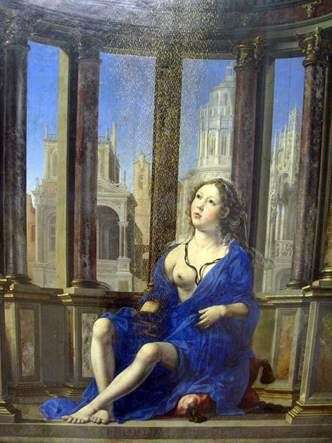 Danae – Jan Gossaert
Danae – Jan Gossaert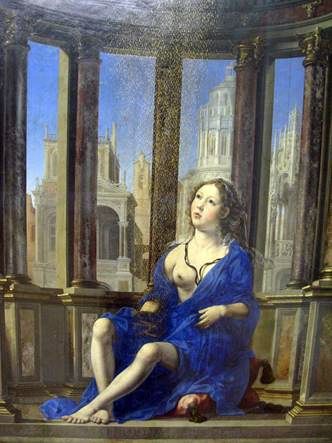 Danae – Ian Gossart
Danae – Ian Gossart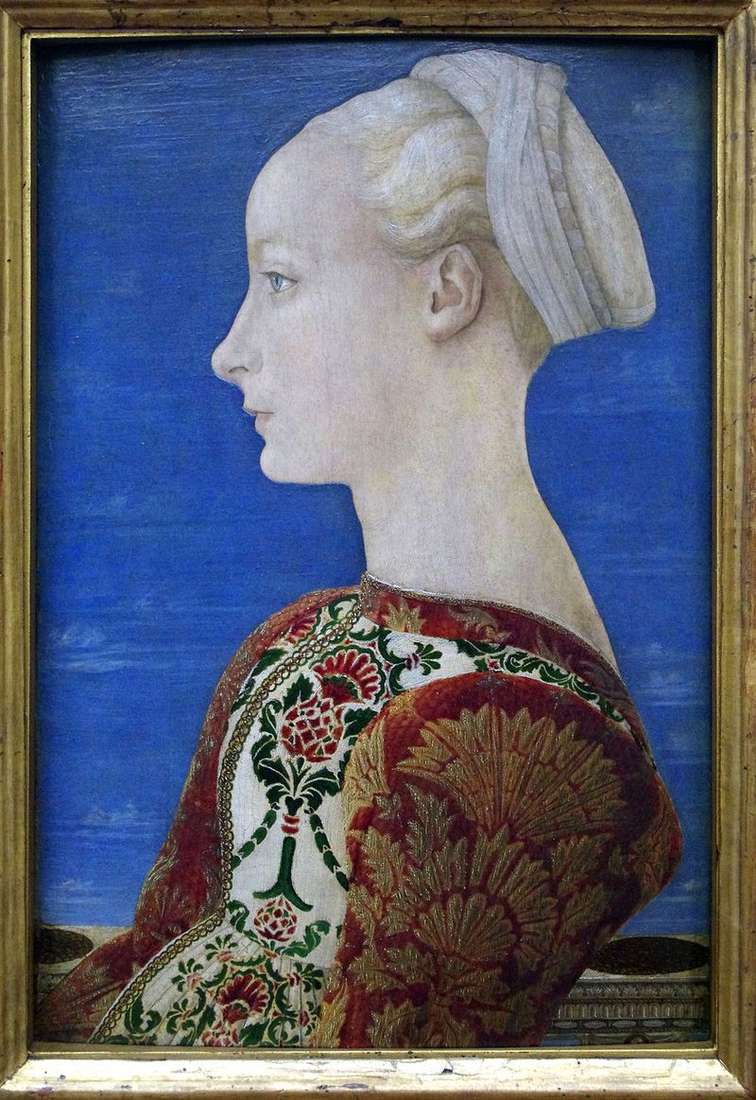 Portrait of a young woman in the left profile by Antonio del Pollaiolo
Portrait of a young woman in the left profile by Antonio del Pollaiolo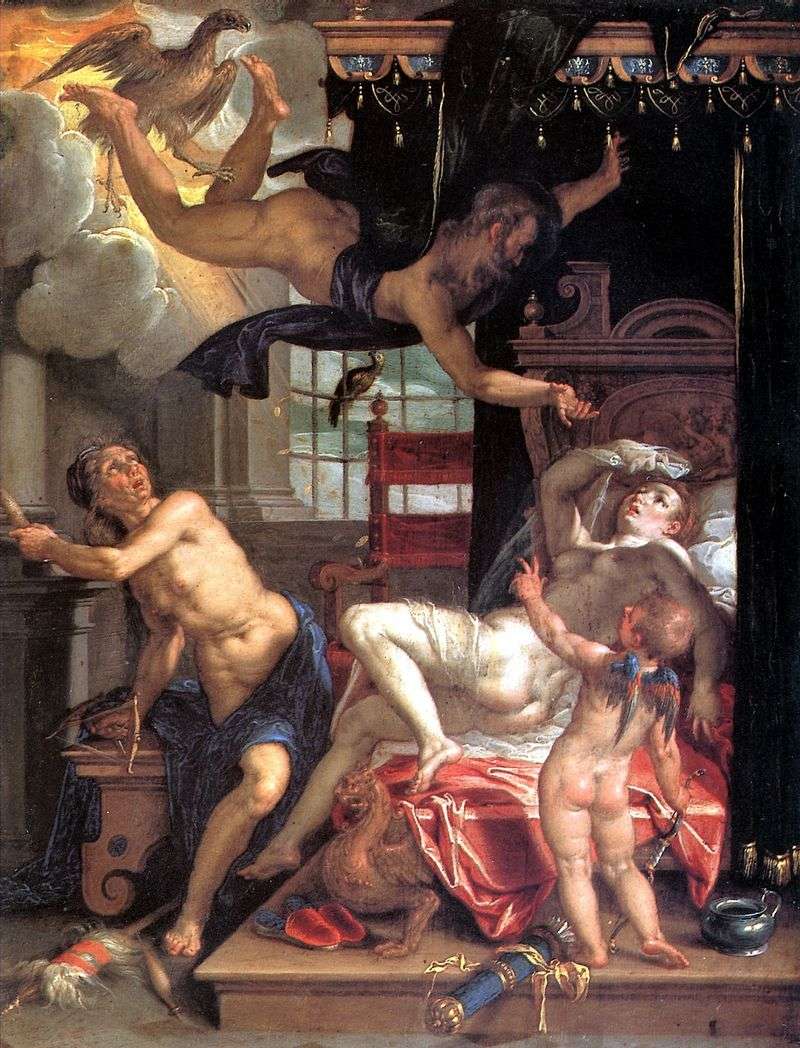 Jupiter and Danae by Joachim Eteval
Jupiter and Danae by Joachim Eteval Adoration of the Magi by Jan Gossaert
Adoration of the Magi by Jan Gossaert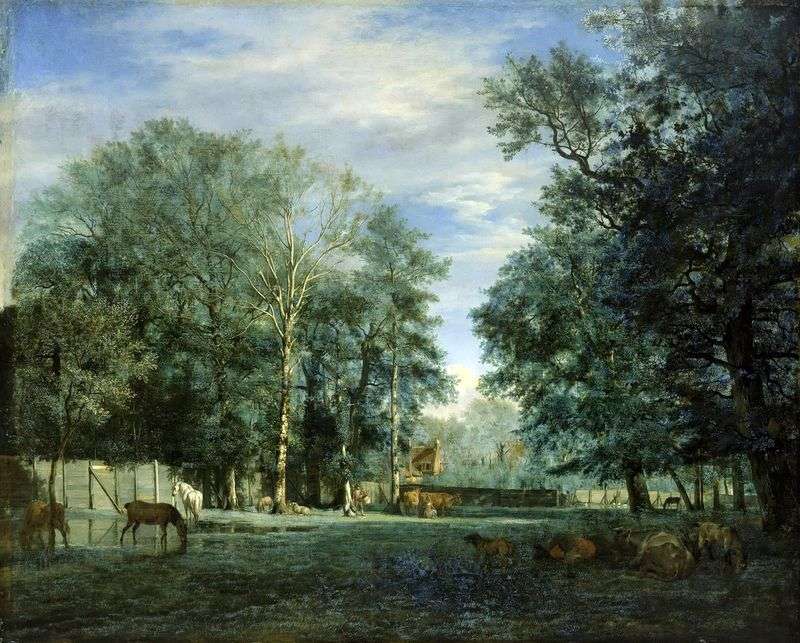 Farm by Adrian van de Velde
Farm by Adrian van de Velde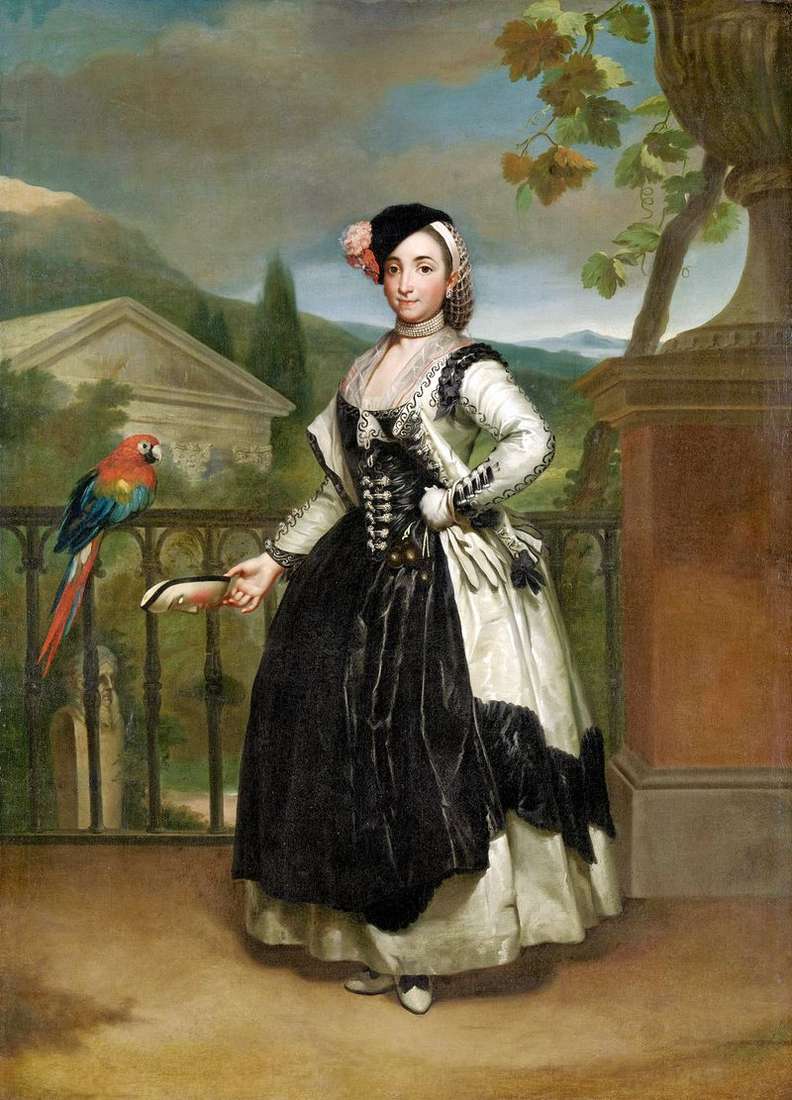 Marquise de Llano by Anton Raphael Mengs
Marquise de Llano by Anton Raphael Mengs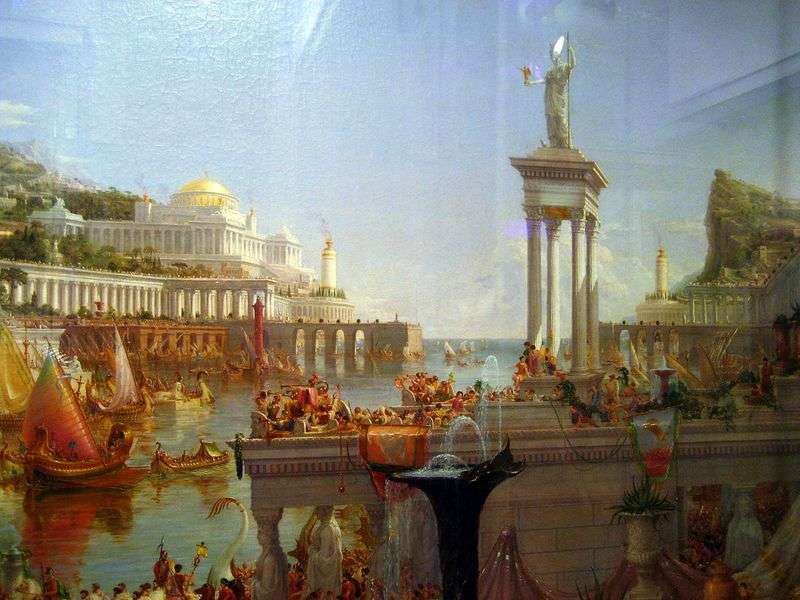 The heyday of the empire by Thomas Cole
The heyday of the empire by Thomas Cole